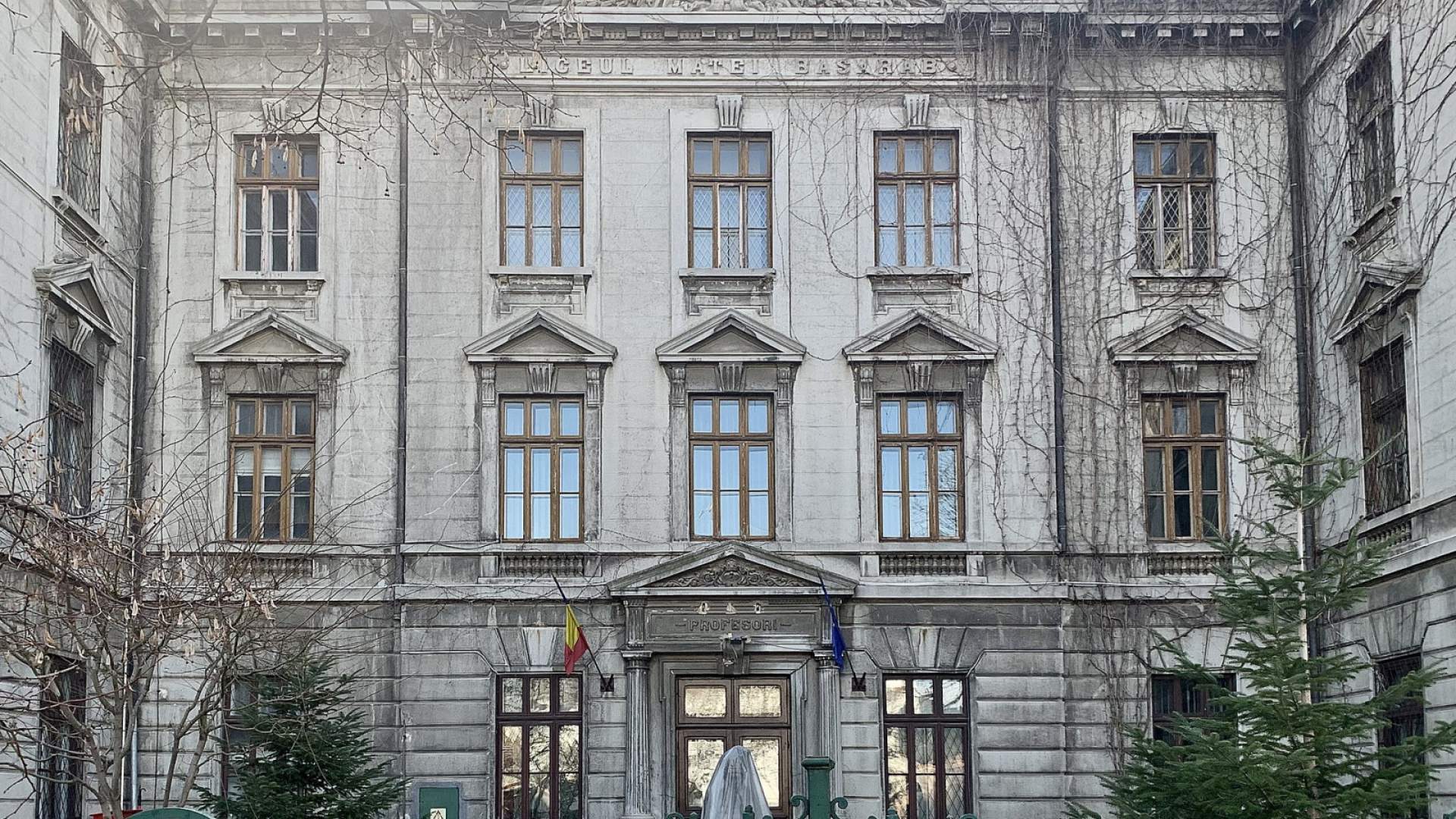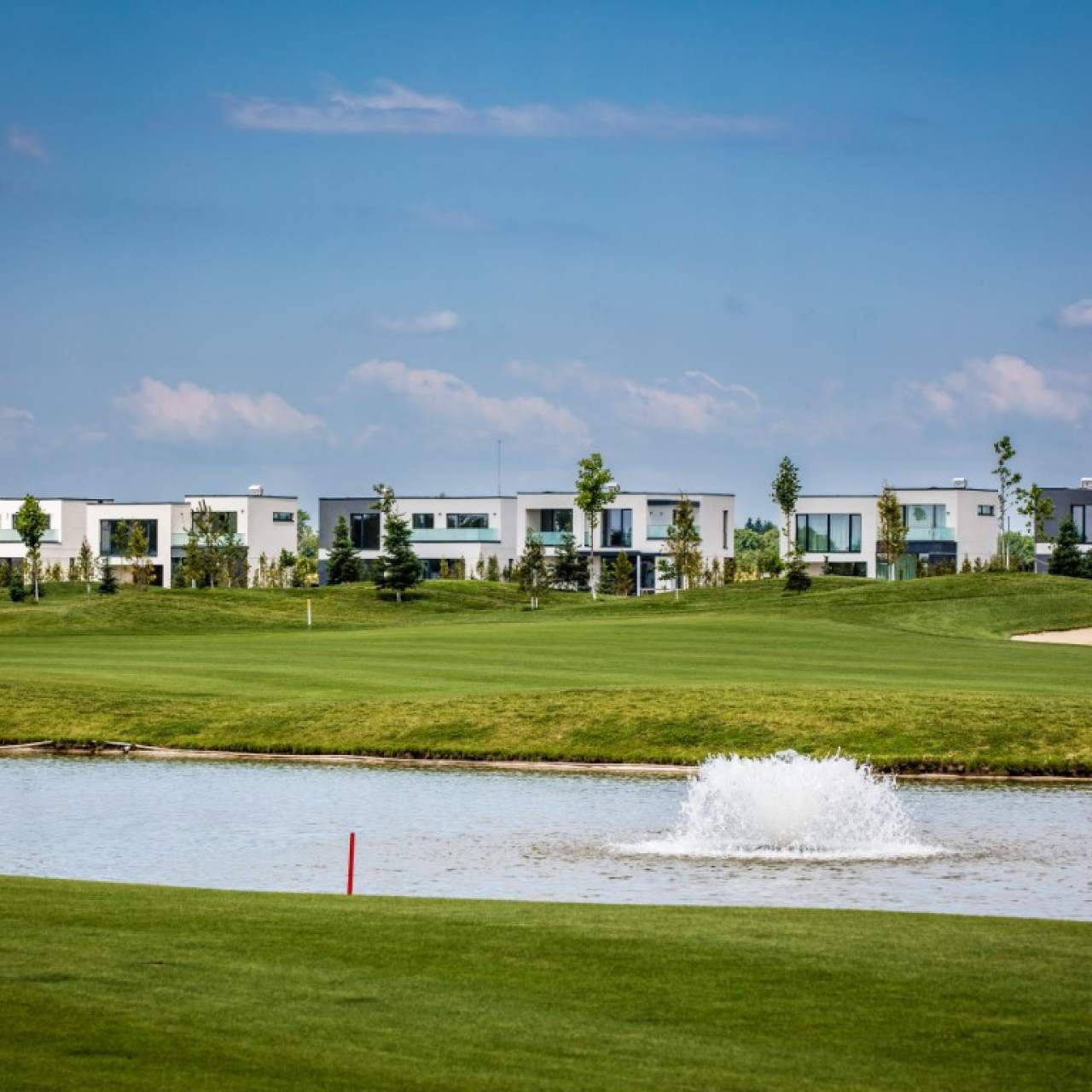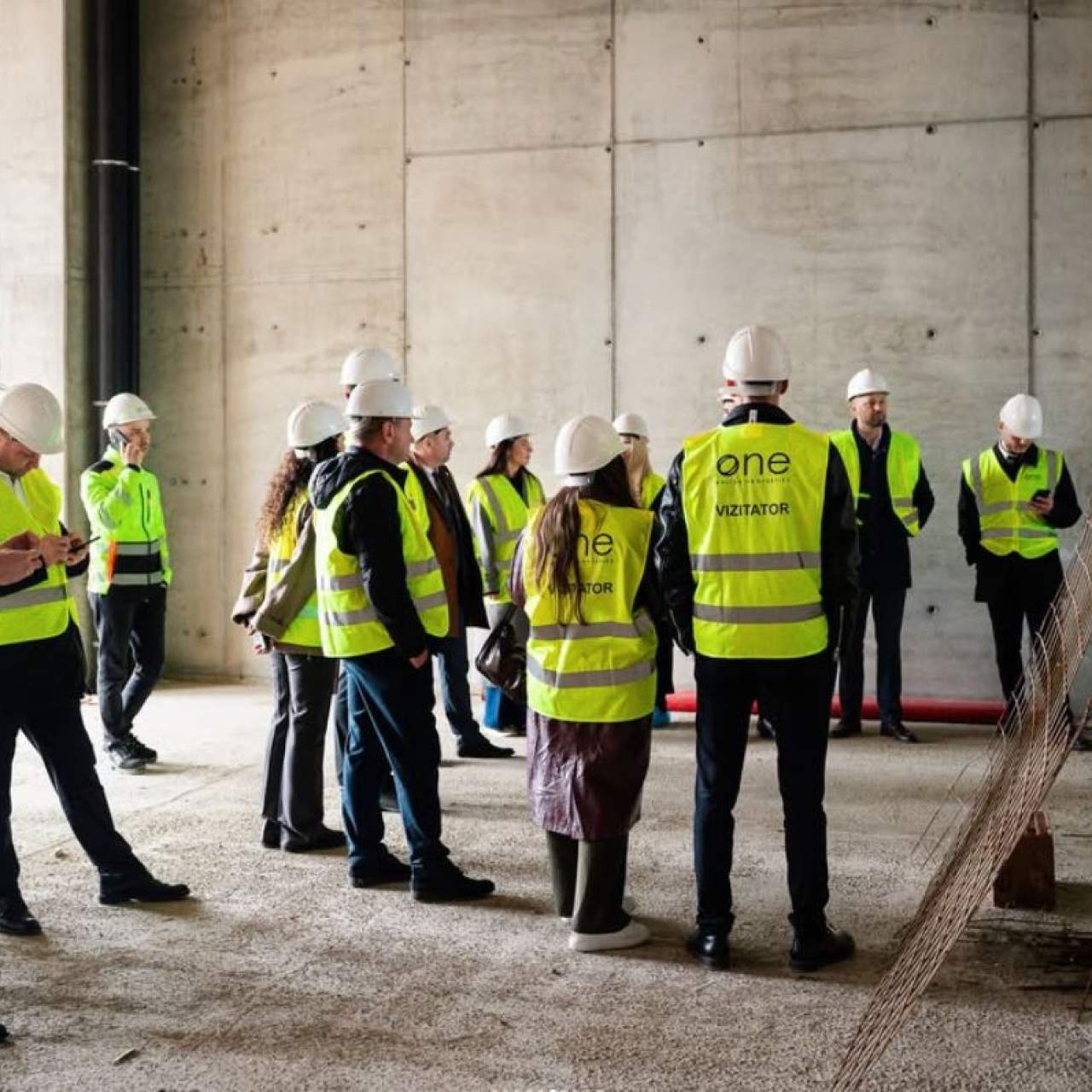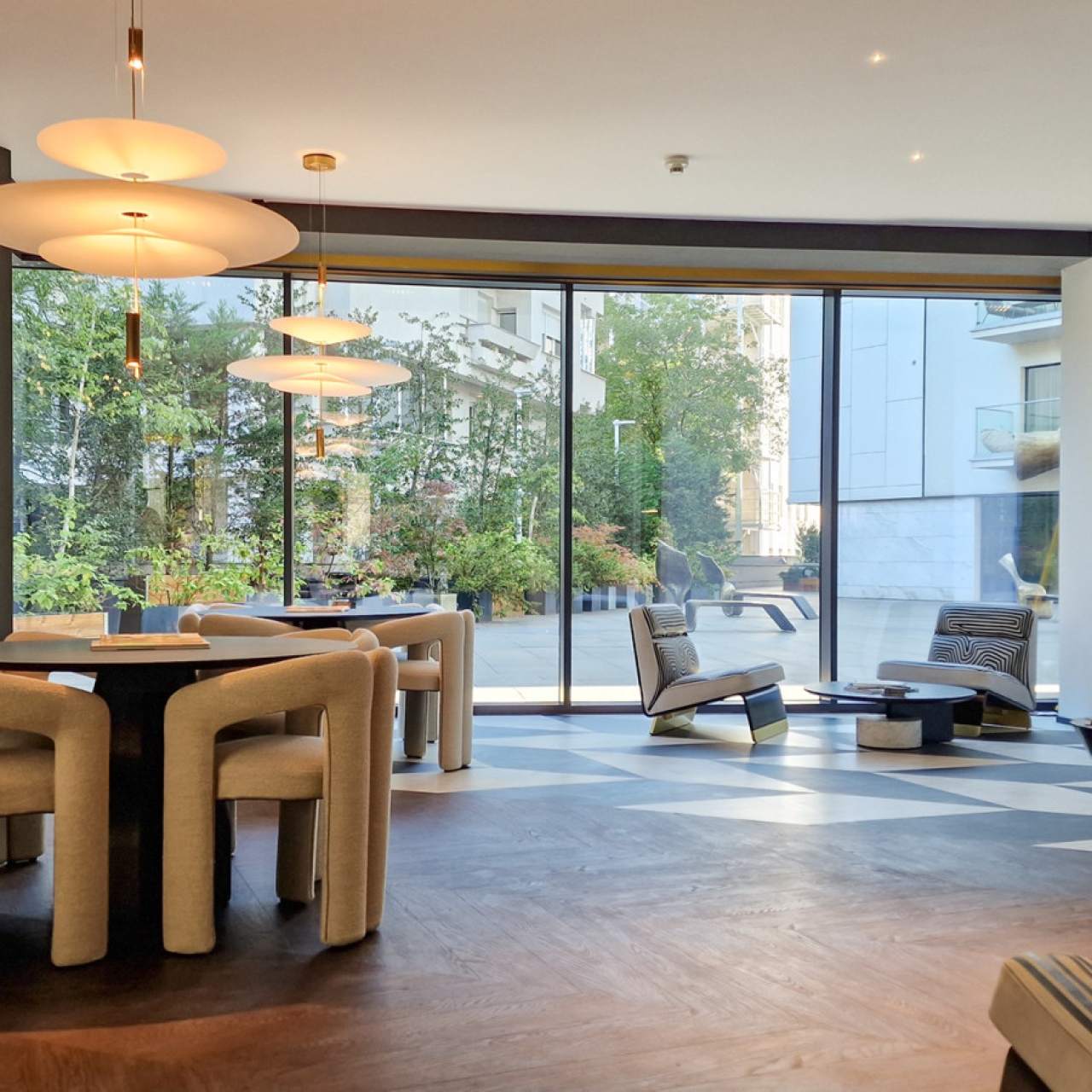
Bucharest high schools with tradition
Every year, thousands of students “race” to get a place on the benches of the best high schools in Bucharest, some with a history that goes back centuries ago.
How were these elite institutions born?
“Saint Sava” National College
The “Saint Sava” National College has its beginnings four centuries ago when the humanist Constantin Cantacuzino received the approval of the ruler Constantin Brâncoveanu to establish a Princely Academy, within the Saint Sava Monastery. Comprising all levels of education, the Academy was attended mainly by the sons of noble families. It was also one of the most important institutions in the region, rising to the level of the Fanar Academy and the Higher School of the Patriarchate of Constantinople. Important personalities, such as Constantin Mavrocordat and Alexandru Ipsilanti, contributed to its development, and some of the most important teachers were Gheorghe Lazăr, who is responsible for the establishment of education in the Romanian language, and also Henri Coandă and Tudor Arghezi. The title of “National College” was adopted in 1832-1833 and resumed in 1990, after a period of four decades, corresponding to the communist regime, in which the high school operated under the name “Nicolae Bălcescu High School”. One of the most important years in the history of the institution was 1864, when the academy was divided at the request of Prince Alexandru Ioan Cuza, thus giving birth to two separate institutions: the high school and the University of Bucharest. Among the notable students who formed on its benches we can mention Ion I. C. Brătianu, Nicolae Bălcescu and Grigore Alexandrescu.
“Matei Basarab” National College
Another high school with tradition is the “Matei Basarab” National College, founded in the second half of the 19th century at the request of the ruler Alexandru Ioan Cuza. Inaugurated on November 3, 1860, five years later it received the status of the second high school in Bucharest. Prior to being moved in 1885 to the current building, which initially consisted of only eight classrooms on the ground floor and first floor, the high school operated, for a time, in a series of buildings in Rahova, and later in the courtyard of a church, and in a slum in the Mircea Voda area. New consolidation works took place in the interwar period when another floor and a new wing were added to the building, which included the secretariat, the director's office, a festivities hall, where theatre performances were organized for a while, and a gym. In addition, the walls housed a library, several valuable collections – numismatics, ethnography, and archaeology, as well as other art objects. Due to the large number of students who attended it, from Matei Basarab College, in 1878, respectively 1892, two other top high school institutions in Bucharest were separated: Cantemir Vodă and Gheorghe Șincai. Among the prominent graduates of the college are Ștefan Octavian Iosif and Ion Mincu.
Central School
The Central School, which operates today in a historic building monument designed by Ion Mincu, was officially inaugurated in the fall of 1852, following an act issued by Prince Barbu Știrbey. Its architecture includes elements found in some monastic ensembles – Hurezi and Antim, the plan of the building is joined by four wings with the ground floor and the first floor, connected by an inner courtyard, behind which a small amphitheatre was arranged. Initially, the institution functioned as a girls' boarding house for students from prominent families of Bucharest, especially daughters of dignitaries. During the First World War, it was transformed into a hospital, and later into a post office. From its opening until 1890, when the current headquarters was completed, the institution operated in several locations, including one of the Ghica family palaces. Extensive modernization works began when Elena Malaxa took over the school. With her private capital and that of her husband, the engineer Nicolae Malaxa, she arranged a library and a reading room, among others. With the establishment of the communist regime, the school changed its name several times, until 1990, when it would return to the “Central School”.
“Gheorghe Lazăr” National College
The “Gheorghe Lazăr” National College was inaugurated after the opening of the second Romanian language gymnasium in the city, which also bore the name of the beloved pedagogue and had been founded by the ruler Alexandru Ioan Cuza on January 18, 1860. The high school was founded following a decree issued by King Carol 1 on May 20, 1890. The building that houses the institution bears the signature of the architect F. G. Munteanu, who used in his sketches a combination of Brâncoveanu and English neoclassical styles, himself being educated in the Great Britain. Later, the most modern gymnasium in Bucharest would be added to the classrooms, a library was opened a decade after the inauguration of the institution, and a museum was also established another ten years later. The year 1913 brings new extensions, with the addition of a new wing, in which several laboratories will be arranged, an amphitheatre, and a buffet. During the Stalinist period, the traditional name was changed to “Secondary School No. 22”, and the high school itself underwent major transformations, being moved and replaced by a school for girls, changes that were maintained until 1955. Among the best-known graduates are Dinu Lipatti, Constantin Tănase, Anda Călugăreanu, Liviu Ciulei, and Ion Barbu.
“Ion Luca Caragiale” National College
It was first named the Normal High School of Bucharest, soon after its establishment. The National College “Ion Luca Caragiale” initially operated in the Rahova neighbourhood, with only two classes of students when teaching began on November 9, 1895. The land of the current building of the institution was bought in 1921. During the Second World War, the high school yard was used by the Romanian military to dig trenches, while the courses were suspended for several months. After a series of name changes over the years, in the middle of the last century, the college – then functioning as a mixed middle school, received the name I. L. Caragiale. Among the important pedagogues who led the generations of students here are Alexandru Odobescu, Simion Mehedinți, Gheorghe Țițeica, and Dimitrie Pompeiu.
Data for this article was obtained from licsfsava.ro, cnscb.ro, cnlazar.ro, basarab.ro, cnilcb.ro, merg.in, matricea.ro și wikipedia.org. Photo credit: Neoclassicism Enthusiast, CC BY-SA 4.0, via Wikimedia Commons
Inspired by the article?
Explore apartments in neighborhoods worth discovering:


